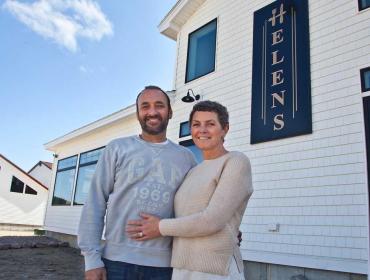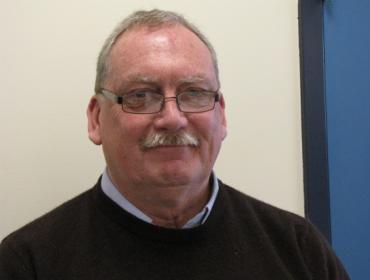Posted May 21, 2019
Last modified May 21, 2019
By Kendra Jo Grindle
In Clatskanie, a small rural town in northwestern Oregon, local organizers are piloting a new way to connect—“mesh” networks. Medina County, Ohio is implementing an open access fiber model to bring multiple, competitive internet service providers (ISPs) to residents county-wide. Multiple electric co-ops in Tennessee are investing in fiber as a new opportunity for their customers to receive tier-1 connectivity.
What do they all have in common? They are the result of communities and local utilities taking it upon themselves to reduce the digital divide with reliable, high-speed internet at a level that is affordable and applicable to their communities. They, and many others, are pioneering community-driven broadband nationwide, each taking their own approach to combat this ever-growing issue.
These initiatives, and several more, were highlighted at the 2019 Broadband Communities Summit hosted by Broadband Communities Magazine in Austin, Texas. The summit brought together community leaders, state and local organizations, USDA representatives, property owners, network design vendors, and those interested in delivering high-speed broadband networks to communities.
Attendees were able to listen and to engage with speakers who are driving unique broadband models forward in their rural areas, providers focused on public-private partnerships with municipalities, and organizations providing adaptive resources. Keynote talks highlighted individuals who truly have a finger on the pulse of what’s ahead, what works, and what is a model of the past.
So, let’s take a deeper look at one of these approaches and how Maine communities can learn from a different kind of community-driven model. Medina County Fiber is forming to ensure all residents have access to reliable, high-speed connectivity to live and work in the community they have made home.
This isn’t the first time Medina County has invested in a fiber network. In 2013, the county’s port authority started a project that would turn into Medina County Fiber Network. This network is an open-access model designed to allow multiple service providers to operate on a shared network where businesses, specifically, can choose the service they need. Many feel this model encourages healthy competition between internet service providers and an opportunity for smaller providers to take their seat at the table.
The success of the Medina County Fiber Network for businesses provided a strong foundation for Medina County Fiber to Form with a focus on connecting the fiber network to residents. Construction is on track to begin this summer with multiple phases that will bring fiber to every available home in the county within five years. The network will strive to offer customers with internet, television, voice services, and fulfill an increasing demand for telehealth services.
What can Maine take away from this community broadband design? Medina County Fiber is working with two companies that some Mainers may recognize. The first, Neighborly, is a venture-backed tech company that strives to expand networks and public infrastructure models. For many projects, Neighborly supports the financial, engineering, and construction elements of residential network build-outs. The second, COS Systems, works to enable network owners and operators to profitably design, deploy, and manage their own networks.
Both companies are actively partnering and supplying information and resources to support local community broadband projects in Maine. Neighborly is working closely with the Katahdin Fiber Utility and has welcomed many coastal Maine communities into its Community Broadband Accelerator program. COS Systems is also actively engaging with communities in the state to understand the design and process that a municipality would embark upon if they were to consider an open access model.
The Island Institute’s broadband team continues to engage with both companies to ensure coastal and island communities have access to innovative models, current resources, and nation-wide broadband leaders’ insight and knowledge. Community-driven broadband is as different as each community and there is strength in looking beyond state borders for innovation and success. Our broadband team hopes to continue to provide this support to our communities as many look to have a say in their community’s connectivity.
Kendra Jo Grindle is a community development officer with the Island Institute (publisher of The Working Waterfront), working primarily on helping communities access broadband.

Contributed by




